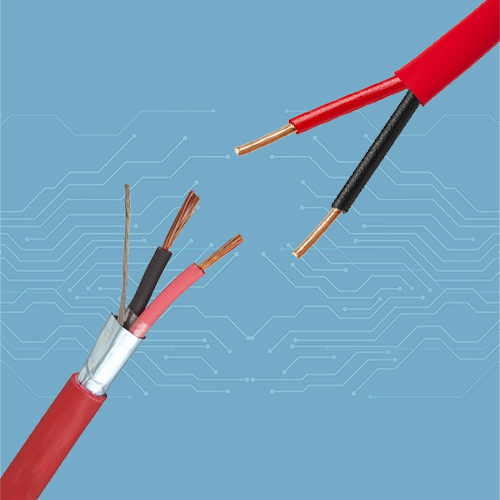
What is the difference between electrical cable and wire?
nada shaban2024-01-20T14:07:37+02:00What is the difference between electrical cable and wire?

Electricity plays a vital role in our daily lives, as it is transmitted across a variety of media to ensure efficient and safe delivery. Electrical cable and wire are used as means of transmitting electrical current, and although they perform the same main function, they differ in some technical and application aspects. In this article, we’ll examine the main differences between electrical cable and wire, highlighting the different structures and suitable uses for each.
The mechanical and electrical properties of electrical cable and wire will be explored, providing deeper insight into how each meets electrical power transmission needs in a variety of scenarios. By understanding these distinctions, individuals and engineers can choose between cables and wires based on their application requirements.

In this section, we will examine the basic difference between wire and electrical cable. In the fields of electrical engineering and communications, they are considered “wires” And “cables” Two terms that are used frequently, and confusion often occurs between them due to their apparent similarity. In this context, we will briefly explain the difference between them.
A wire has only one conductor, while a cable has multiple conductors. These connectors are often made of standard materials such as copper or aluminum, the wires are often exposed and twisted, and some have a thin PVC coating.
In the case of cables, the individual strands are bundled parallel and then twisted or tied together to create a single sheath. The inner and outer jacket is constructed to ensure user safety, and the wire diameter is measured in wire gauge, where the gauge number increases as the wire diameter decreases. A cable typically has three sets of wires: a hot wire that carries the current, a neutral wire that helps complete the circuit, and a ground wire.
Larger cables carry more current and have the potential to damage household items, and cable is rated based on the total number of wires and the diameter of those wires. Ultimately, we can use wires and cables in many different ways depending on the needs of the specific application.
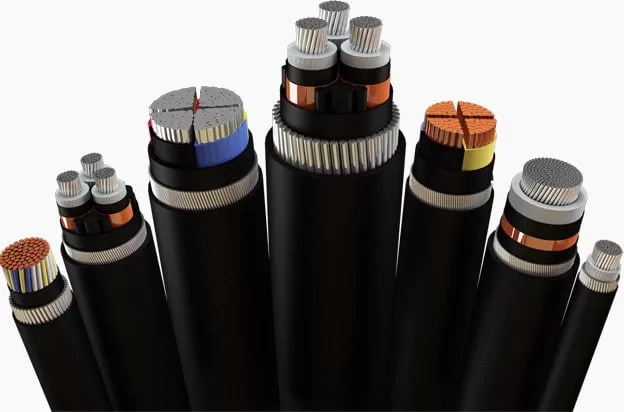
To ensure the heating of jewelry, clothing, cars, or any industrial components such as nails, lamps, and needles, wire must be used due to its ability to transmit electricity, support electrical loads, transmit communications signals whether wired or wireless, as well as withstand electrical loads.
On the other hand, cable can be used to transmit power, electrical signals, or communication signals. After taking a quick look at the applications of copper wires and cables, we can now discuss the different types of these materials. Electrical wires come in different types.
- Solid wire: It is considered solid and contains a single conductor, which can be insulated or left bare, and is often wrapped in a colored jacket. It has lower resistance than other wires, making it suitable for high frequency applications.
- Twisted wire: Consists of several small strands twisted together to form a single cable. It can be used for long periods and is used in situations where flexibility is required, and its cross-sectional area is much larger than that of solid wire.
Regarding electrical cables, it is called when two cables are twisted together to form one cable. It is often used in signal transmission, as its twisting reduces magnetic noise. Twisted pair cable is commonly used in data transmission and telephony.
- Multi-conductor cable: Contains two or more conductors that are insulated to maintain signal integrity.
- Co-pass cable: Has an inner conductor covered by insulating layers, surrounded by a parallel outer foil conductor that is also protected by insulating layers. It is used in TV cables due to its consistent performance.
- Fiber optic cable: It transmits signals through glass strands, and has a wide bandwidth compared to metal conductors.
It is important to adhere to safety standards, such as replacing torn or damaged wires and cables, ensuring safety locks, and avoiding placing them in areas that may cause tripping. It is preferable to use flame-resistant cables if they are near children.
Wire, conductor and cable are terms related to electrical installations and differ in their uses and installations. Here’s an explanation of the differences between them:
- the wire:
- Definition: A wire is an individual conductor usually made of copper, aluminum, or another metal capable of transmitting electricity.
- Types:
- Solid wire: It consists of a single strand of metal (copper or aluminum) and remains solid.
- Twisted wire: It consists of several strands twisted together to increase flexibility.
- Usage: The wire is used in applications that require electrical conductivity, and is suitable for high frequencies.
- Mosul:
- Definition: Conductor refers to wires or strands that do not have an insulator or coating separating them from each other.
- Types:
- Conductors can be single or stranded and range in size.
- They can be as small as 22 AWG or as massive as MCM rated wire.
- Usage: Conductors are used to connect electrical circuits without any insulator to separate them.
- Cable:
- Definition: A cable consists of a group of two insulated conductors (wires) held together by an outer jacket.
- Types:
- Twisted cable:Two twisted cables are twisted together to form a twisted pair cable.
- Multi-conductor cable: Contains several separate conductors insulated from each other.
- Co-pass cable: It has an inner conductor covered with insulating layers and a shielded parallel outer foil.
- Fiber optic cable: It contains glass fibers that transmit signals at high speed.
- Usage: The cable is used to connect and transmit signals and data in various applications such as communications, networks and energy.
Simply put, a wire represents a single conductor, while a cable consists of a group of insulated conductors and is used to transmit signals or power in multiple applications.

Wire and cable are two common terms used in the fields of communications and electronics. A wire can be interpreted as a single conductor or a group of conductors twisted around each other within an insulating jacket. In contrast, a cable is defined as consisting of many wires twisted together, and insulated internally and externally.
Wires form the basic component of cabling, where cables are simply an assembly of several wires. Wiring can be considered the “internal component” Which is used in cable construction. Typically, wires are made of strong conductive materials such as copper or aluminum to ensure effective transmission of electrical current.
Cables, on the other hand, are more versatile, consisting of individually insulated conductors twisted together within a sheath. Cable is commonly used in areas such as communications, television broadcasting, and electrical distribution. Cables offer features such as flexibility and protection from environmental factors thanks to internal and external insulation.
Ultimately, the choice between wire and cable depends on the specific needs of the intended application, with cables being preferred over long distances and environments that require additional protection, while wire is more commonly used for close-in communications and everyday tasks.
Wires:
- A wire is a single conductor used to transmit electricity.
- The wire can be made of copper, aluminum, or other conductive materials.
- There are two main types of wire: solid and stranded.
- Solid wire has a single strand, while stranded wire has multiple strands and is more flexible.
Cables:
- A cable is a group of conductors insulated together within a single sheath.
- A cable can contain two or more wires, and can be covered with insulation for protection.
- There are different types of cables, such as twisted pair cable, coaxial cable, and fiber optic cable.
- Cables are used to transmit electrical and communications signals, and have diverse applications in areas such as power, lighting, and communications.
In conclusion, the main difference is that a wire is a single conductor, while a cable contains a group of conductors insulated together.
When electricians perform electrical work using wires or cables, they rely on differences between them to determine the right tool for specific purposes. Wires are called “electrical wires,” which refers to their essential role in transmitting electricity. While they use the term “cables” To denote a bundle of insulated wires with a single sheath.
Cables consist of bundles of wires insulated with heat- and moisture-resistant materials. Each physical wire is covered with separate insulation, except for the ground wires, which provides additional protection and makes it easier to control their location and progress.
Copper is the metal most often used in the construction of electrical lines due to its good conductivity, while aluminum is used in high voltage and industrial applications. Wire diameter is measured by the American Wire Gauge (AWG), where the gauge number is inversely proportional to the wire diameter.
Cables and wires are used to transmit electricity and signals, and it is best to consult a professional electrician to choose the appropriate type. Cables are classified according to several criteria, including the type of insulation and its application.
To ensure you select the right cable or wire, it is best to refer to the electrical code and check the specific standards for the particular application. Cables are also classified according to their jacket, which may be made of materials such as nylon, with a designation of whether it is heat-resistant or waterproof.
The difference between wires and cables in the field of electricity depends on the different uses and technical requirements. In the Indian context, the Indian Association of Wire and Cable Engineers provides information on the differences between optical wires and copper cables. Here are some important points:
- Transportation method:
- Copper cables transmit signals in the form of electrical pulses.
- Optical fibers are capable of transmitting signals in the form of light pulses.
- Material Composition:
- Copper cables Copper wires are used as the main conductors.
- Optical fibers are composed of glass or silica strands, and can be thin or thick.
- Different names:
- Copper cables are conductors used to transmit data using electricity.
- Optical fibers are used to transmit data using light.
- Data transfer speed:
- The data transmission speed of optical fiber is much higher than that of copper cable.
- bandwidth:
- Copper cables provide lower bandwidth than fiber optics.
- Energy consumption:
- Copper cables consume more power during normal operation than fiber optics.
- Service life:
- The average lifespan of copper wire is about 5 years.
- The average lifespan of optical fiber ranges from 30 to 50 years.
- Installation and maintenance costs:
- The costs of installing and maintaining optical fiber are higher than copper cables.
- Safety and security uses:
- Using fiber optics is safer than copper cables.
- Current uses:
- Copper cables were widely used in the past.
- Optical fibers are replacing copper cables in various applications, especially with increased data transmission speed and durability.
Differences:
- Configuration:
- The wire usually consists of one conductor.
- A cable consists of two or more conductors, with all the individual wires wrapped in a single conductor.
- Diameter measurement:
- Wire diameter is measured using number gauges or in millimeters.
- Cables include wires, but the diameter of the cable is determined based on different names and different measurements.
- Materials:
- Wires can be made of copper or aluminum.
- Cables commonly use copper and aluminum as conductors.
- Insulation:
- Wires vary in insulation type and electrical capacitance, and may have a safety ground.
- Cables have connectors to which individual wires attach, and usually have surrounding insulation for protection.
- Wire labels:
- Electrical appliance wires are named by letters such as THHN, THWN, THW, and XHHN.
- Cable types are identified by designations that include standards such as NM, UF, and RG.
- Various uses:
- Wires are widely used in household applications and include electrical appliance wires.
- Cables are used to transmit power between sites and include different types such as triplex cables and main feeder cables.
- Categories and tags:
- Wires are classified based on letters and symbols that indicate their specifications.
- Cables come with markings and ratings that indicate their ability to transmit power and appropriate use.
These points provide you with a good understanding about the differences between wires and cables, and can help you make the right decisions when using them in your home or project.

The color of wires in electricity is used to indicate their functions and how to use them. Here’s an explanation of the colors of some common wires:
- Hot wire (black and red):
- Black: Used for hot wire (mains power).
- Red: It is also used for hot wire, and is used as legs for switches and electrical outlets.
- Blue and yellow wire:
- They are used in the inward channel.
- Blue wire is used in applications involving 3- to 4-way switches.
- The yellow wire is used for the switch legs that turn on the fans, lights, etc.
- White wire:
- Used as a neutral wire.
- Green and bare copper wire:
- They are used for grounding and protection.
- Carrying electrical and communications cables.
- Cable colours:
- Cable colors are selected based on different standards and can vary in different countries and regions.
- Cables come in specific colors and symbols that indicate their function, such as coaxial cable, direct buried cable, and flexible cables.
- Color coding:
- A color coding system can be used in cable insulation to determine whether a cable is active, neutral, or grounded.
- The color coding system varies between countries and regions.
Knowledge of these colors and their coding helps in connecting wires and cables correctly and in understanding electrical circuits. It is always advisable to check local standards for color coding of electricity where you are installing or servicing.
If you have any inquiry, please contact us freely and we will be happy to serve you.

Gahzly website for purchasing electrical appliances
When we say Gahzly website, we are talking about one of the most famous Arab websites that was able, in a very short period of time, to achieve a very large demand for purchases from it by people from various parts and sectors of the Arab world.
On the Gahzly website, you will find a joint look and all the products that you may need in your home, starting with those for kitchens or bathrooms, but even those for gardens, you will find them on this wonderful site.
So, if you were lost before and did not know where to go to buy your products on the Internet, now you have the perfect solution, and all you have to do is go to the Gahzly website and start choosing the products you want.
 What are the features of Gahzly ?
What are the features of Gahzly ?
Since we are talking about a site that is preferred by many people around the world, there is no doubt that it is a site full of various features and characteristics. Therefore, we have decided to devote our next paragraph to pointing out the most prominent features of the Gahzly site.
One of the most prominent features of the site is the proportionality of prices. On the Gahzly website, you do not have to worry about the imaginary prices of the products, as is the case with most sites that display their products on the Internet.
The price of delivering products is very reasonable and not expensive, and the site accepts delivery to various countries, without forgetting that it accepts free shipping on some products.
One of the features of the site is also the high quality of its products, as it is impossible to find a poor quality product. Rather, the Gahzly website deals with the major companies, Philips, for example, and other famous brands, so you must remove from your mind the idea of the poor quality of one of the products. Another advantage of the site is that it does not specialize in one type of product, but rather you will find various types of products on it, for example, electrical appliances, hand tools, mechanical devices, paints, packages for establishing apartments, and many other types.
Gahzly website also accepts what is known as the shopping cart, which makes it easy for you to filter the products you want to buy and put them in one package in order to be able to pay with the click of a single button.
Accepts multiple payment methods.
We are pleased that you visit our social media pages, where we publish exclusive offers on our website.
Our Facebook page Here.
Our Twitter account Here.




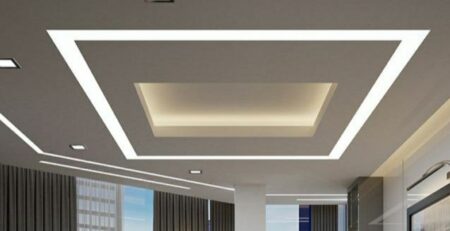
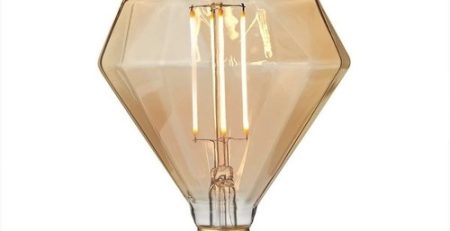



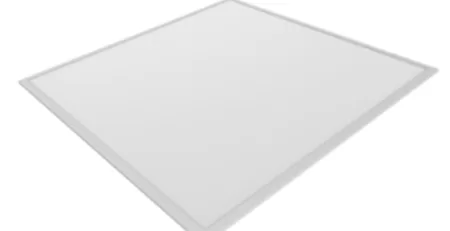
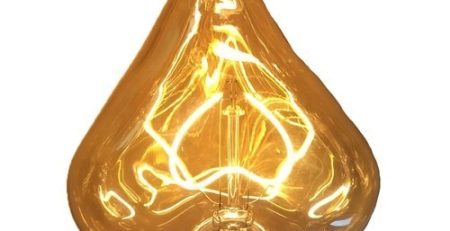
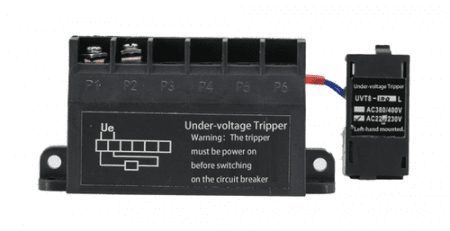

Leave a Reply
You must be logged in to post a comment.